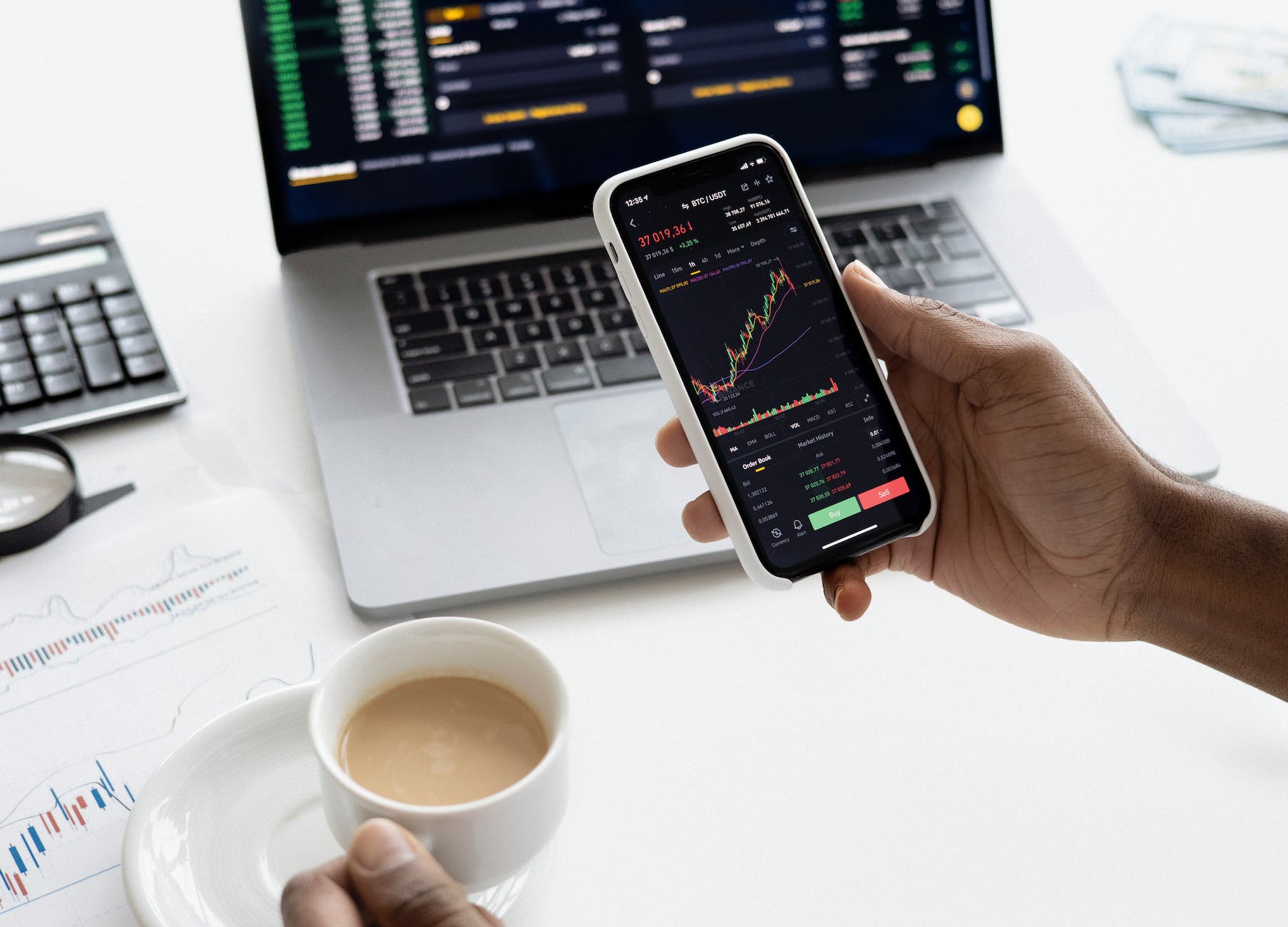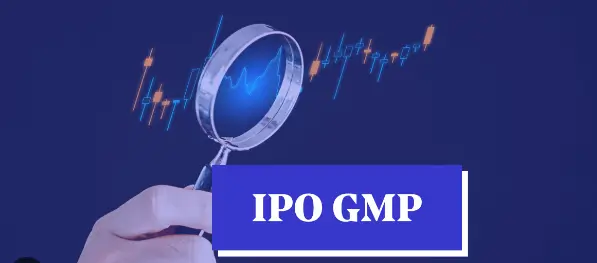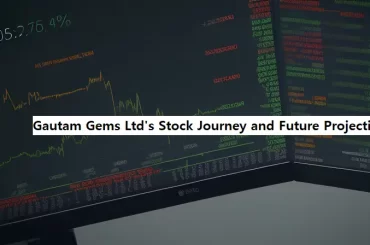What is an IPO?
An Initial Public Offering (IPO) is the first time a private company offers its shares to the public on a stock exchange. This allows the company to raise funds from public investors to grow its business. When a company files for an IPO, it has to publish a prospectus with details about its financials, business operations, management etc. The company and its lead managers then market the IPO to institutional investors to gauge demand and determine the IPO offer price.
What is Gray Market Premium in IPOs?
The Gray Market refers to the unofficial market for trading IPO shares ahead of the official listing on the stock exchange. It consists of brokers and wealthy investors who bid for shares in the IPO before they officially start trading on the exchange. The difference between the gray market trading price and the IPO offer price is called the Gray Market Premium (GMP). A positive GMP indicates strong investor demand in the IPO. It gives an indication of how the shares will perform when official trading begins. Generally higher the GMP, more enthusiasm for the IPO.
Why does Gray Market for IPO shares exist?
The Gray Market exists mainly due to high anticipation and demand for shares of certain IPOs. Sometimes, the final IPO price is much higher than what investors expected. Eager investors are willing to pay a premium to acquire shares in such popular IPOs ahead of others. Brokers also facilitate unofficial trading to gauge genuine investor sentiment for an upcoming IPO. The GMP helps them determine expected listing gains when trading starts. Based on the feedback, issuers may also revise their IPO price bands accordingly.
How do investors get GMP rates before IPO listing?
Here are some ways investors can obtain gray market premium rates before an IPO is officially listed:
Contact IPO Syndicate Members: The investment banks underwriting the IPO are the best source for getting GMP quotes. Though they may be restricted from openly discussing it.
Informal Channels: Connections of brokers and syndicate members may circulate GMP rates within their networks. It may not be openly publicized.
Industry Contacts: Speaking to contacts in the industry who have access to such data.
Gray Market Agents: Agents specifically working among HNIs, brokers and investors to facilitate pre-IPO share trades.
So while GMP rates may not be officially available in the public domain, investors can obtain information through informal channels and contacts.
Also read: https://soloadhub.com/solo-ad-vendor/
Also read :- 3 Steps to Mastering Profitable Stock Picks
What are the risks of buying at high GMP rates?
Some key risks of entering IPOs at very high GMP rates include:
Sudden Price Crashes: If the gray market hype doesn’t translate into actual demand, the stock can crash suddenly after listing leading to losses.
Illiquidity: Gray market trades are done informally in cash. The stocks obtained cannot be sold readily before official listing.
Legal Issues: SEBI and stock exchanges have warned that pre-IPO trades in the unofficial market are illegal.

Loss on Listing: In some cases despite high GMP, the share price may open at discount compared to the IPO price on listing day.
Price Manipulation: Brokers and large investors can artificially inflate GMP rates through circular trading to lure retail investors with high listing gains. This may not sustain after listing.
So while the gray market offers a chance to enter popular IPOs early, investors should beware of the risks too and not just get swayed by high GMP rates.
What happens to GMP after IPO listing?
The Gray Market Premium tends to narrow down drastically after the company is officially listed on the stock exchange for trading. Once the unofficial trades shift to the exchange, gray market activity reduces.
After listing, share price is determined by open market dynamics of demand and supply. The artificial premium commanded by scarce pre-IPO shares dissipates.
Many a times, the sudden availability of larger chunk of shares post-IPO, leads to excess supply and fall in stock price. This may erode the high GMP, catching optimistic investors off-guard.
So while GMP may indicate expected listing gains, post-listing price swings can be unpredictable. Investors should be prepared to hold on for long rather than expect quick profits based on high GMP.
Is GMP a reliable indicator for IPO listing price or long-term returns?
Also read :- Gautam Gems Ltd’s Stock Journey and Future Projections
The Gray Market Premium offers useful cues but may not accurately predict eventual stock performance:
Listing Gains: A high pre-IPO GMP suggests strong listing gains. But it is not a reliable quantitative indicator of first day gains. Unexpected market conditions on the day of listing can change opening prices significantly.
Long-term potential: Some IPOs with low GMP have also given very good long term returns while stocks with high GMP have fizzled out. So GMP has limited relevance for long-term investors.
Qualitative indicator: GMP gives a qualitative idea of general investor sentiment towards an IPO and expected demand. But the actual stock movement after listing can change drastically.
So while GMP offers insights into the pre-IPO market’s appetite for an issue, investors should study the fundamentals of the IPO rather than purely going by gray market rates or expected listing premium.
Examples of IPOs with high GMP trading big on listing
Some recent IPOs with high Gray Market Premium which got an enthusiastic response on listing are:
Nykaa: The FS&B ecommerce pioneer had a GMP of over 100% or Rs 300 prior to launch. This indicated strong listing gains. Nykaa made a blockbuster debut with 96% premium to the IPO price.
Zomato:The food delivery unicorn saw GMP rates around 50% translating into 66% surge over IPO price on first day. It tapped into huge investor appetite for new economy stocks.
Burger King: The QSR chain’s IPO carried GMP of 40-50% presaging the bumper 131% gains on listing powered by bullish sentiment.
So select IPOs with exceptional GMP rates can live up to their billing by stellar openings, especially in favorable market conditions. But as illustrated below, high GMP does not guarantee big listing pops always.
Examples of IPOs where high GMP did not sustain after listing
Here are some much anticipated IPOs where high pre-listing gray market premium could not sustain post-listing:
Paytm: The fintech giant’s GMP touched 40-45% at one point driven by the brand appeal. However, concerns over valuations dragged the stock down 27% on Day1 and then into a prolonged bear phase.
LIC IPO: The mega insurance IPO was trading around Rs 90 GMP. But market conditions, macro environment, flipping by anchor investors led to nearly 9% decline over issue price subsequently.

Go Fashion: The women’s wear company had GMP of 50% but failed to leverage the momentum. After doubling on listing, it pared gains as financial performance came under the scanner.
So while GMP sparks expectations of strong stock market openings, real world demand-supply, frothy valuations and execution concerns can catch exuberant investors off guard post-listing.
Best way to interpret GMP while deciding on IPO application
Here are some tips for retail investors to wisely factor in Gray Market Premium for IPO investing:
– Treat GMP as an additional data point about possible demand and don’t go overboard based purely on high GMP.
– Cross-check GMP with fundamentals like financials, business strengths, promoter quality, valuations etc.
– Be conservative of very high GMP levels as those usually reflect euphoria which has limits on sustenance.
– Consider GMP as a metric to identify potential listing gains opportunities but don’t be guided solely by it.
– Temper expectations after solid listing as GMP may keep narrowing progressively when unofficial trades shift to exchanges. Don’t expect further upside purely based on high GMP at application stage.
So while GMP offers insights into possible investor appetite, balance it by studying IPO details and be moderate in expectations to avoid surprises later!
Conclusion
In summary, the Gray Market Premium or GMP refers to the extra price gray market investors are willing to pay for IPO shares ahead of listing on the stock exchange. It indicates the enthusiasm, demand and expected gains from an IPO at the pre-issue stage. A high GMP is usually seen as a positive indicator about listing performance. However, as unofficial, investors should avoid taking excessive exposure purely based on GMP or regard it as a guarantee for superior post-listing returns. Not all IPOs with hot GMP manage to sustain the momentum subsequently. So the Gray Market Premium should be seen as a useful Sentiment Indicator rather than the only factor driving IPO investing decisions.
Certainly! Here are the answers to your questions separately:
FAQs
Does GMP affect the listing price?
The Grey Market Premium (GMP) can influence the listing price of an Initial Public Offering (IPO). A high GMP suggests strong demand for the shares in the grey market, which may influence the underwriters and the issuing company to set a higher listing price. However, the final listing price is determined by various factors, including market conditions, investor demand, and the company’s valuation.
Is GMP a good indicator for IPO?
Grey Market Premium can serve as an indicator of investor sentiment and demand for an IPO. A high GMP indicates that investors are willing to pay a premium for the shares before the official listing. While it can be a positive sign, it’s crucial to note that GMP alone is not a definitive indicator of the future performance of the stock. Investors should consider other factors such as the company’s fundamentals, industry trends, and overall market conditions when evaluating the potential success of an IPO.





